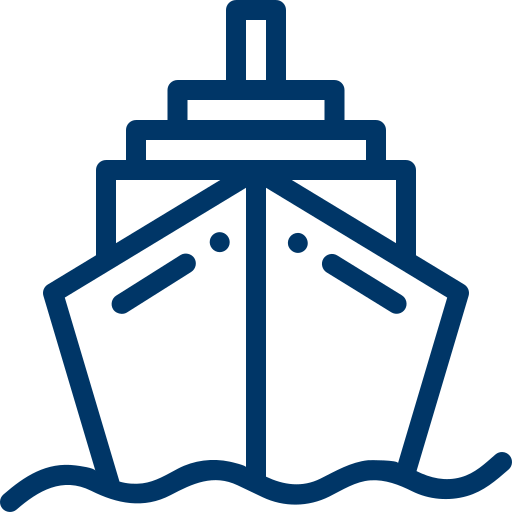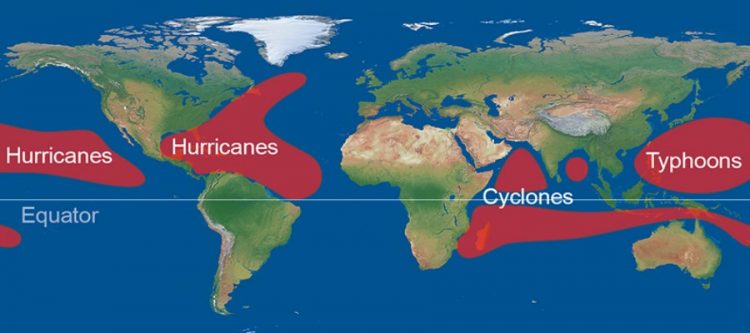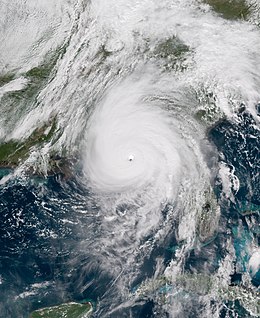The Seasons of Storms
As the seasons change, so does storm activity. This year’s Atlantic hurricane season runs from June 1st to November 30th. Typhoons in the Pacific can form year-round, but most often the season runs from May to October. In the South Pacific cyclone season begins on November 1st and ends on April 30th. And the cyclone season in the southern Indian Ocean begins two weeks earlier and ends around the same time as the South Pacific. Cyclones are concentrated from May to November in the northern Indian Ocean, however this area has no official storm season.
Regardless of their names, all of these storms have similar patterns; they draw their energy from the evaporation of water in the oceans below them. That is why they generally become weaker when they hit land. Nevertheless, they are still known to weak havoc when they make landfall, causing wind damage, torrential rains, flooding and storm surges.
Storm Grades
Storms are categorized based of their maximum wind speed. A tropical depression has winds less than 63km/hr. When winds surpass 63km/hr they are upgraded to a tropical storm.
Storms with winds above 119km/hr are designated as cyclones, typhoons or hurricanes. These systems can be hundreds of kilometres wide and are most destructive when they move slowly over land.
According the Saffir- Simpson scale, hurricanes are categorized by number. A category 1 hurricane refers to a storm with maximum sustained wind speeds of 119-153 km/h. This scale goes all the way to a category 5 hurricane, which has maximum winds exceeding 249 km/h. The latest category 5 hurricane occurred in October 2018, where Hurricane Michael made landfall on the Florida Panhandle. These intense hurricanes are becoming increasingly common, causing researchers are to call to question whether the Saffir – Simpson scale needs expansion.






